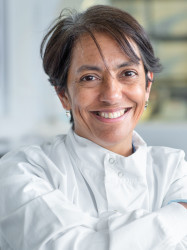BibTex format
@article{Leonard:2019:10.1111/1471-0528.15415,
author = {Leonard, A and Wright, A and Saavedra-Campos, M and Lamagni, T and Cordery, R and Nicholls, M and Domoney, C and Sriskandan, S and Balasegaram, S},
doi = {10.1111/1471-0528.15415},
journal = {BJOG: An International Journal of Obstetrics and Gynaecology},
pages = {44--53},
title = {Severe group A streptococcal infections in mothers and their newborns in London and the South East, 2010-2016: assessment of risk and audit of public health management},
url = {http://dx.doi.org/10.1111/1471-0528.15415},
volume = {126},
year = {2019}
}

